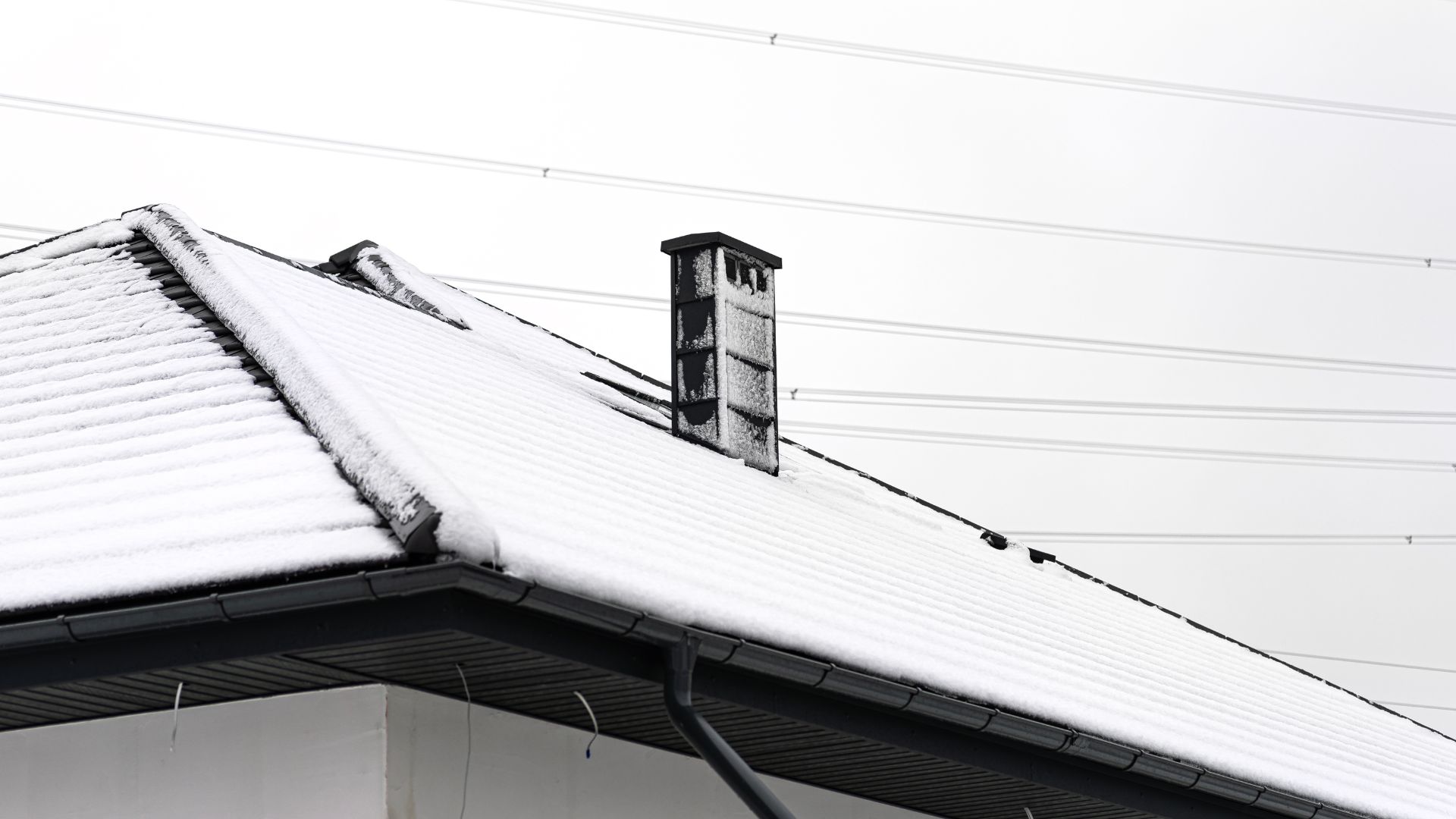As fall progresses and temperatures begin to drop, preparing your roof for winter becomes a key task to protect your home. Rain, wind, and, in some cases, snow, can test the strength of your roofing system. Timely preventative maintenance not only prevents leaks and structural damage, but also prolongs the life of your roof and saves unnecessary expenses on urgent repairs.
At Roger Roofing Service, we’ve created a practical guide to help you identify the critical points you should check before the cold weather arrives.
- Cleaning Gutters and Downspouts
Leaves and branches accumulated during the fall can clog gutters and cause water backups that damage the roof structure and walls.
Before the rain or snow begins, be sure to:
- Remove all debris from gutters and downspouts.
- Check that water flows freely to the drains.
- Check for cracks, loose joints, or rusted parts.
Proper cleaning prevents water from accumulating and causing leaks at the edges of the roof or in the attic.
- Checking Shingles or Roofing Sheets
Wind and temperature changes can lift or fracture shingles, compromising the roof’s watertightness.
It’s a good idea to do a visual inspection to detect:
- Broken, shifted, or missing shingles.
- Loose nails or areas where the seal is deteriorated.
- Areas with granule buildup or visible wear.
If you notice damage, repair or replace the parts immediately. A small defect can turn into a major leak when the rain or snow begins.
- Checking Attic Ventilation
Attic ventilation is one of the most overlooked, yet one of the most important aspects of fall roof maintenance. Poor ventilation can lead to condensation, mold, and deterioration of the wood structure.
Before winter arrives, check that:
- The vents are clean and free of obstructions.
- There are no signs of moisture or unpleasant odors.
- Air circulates properly to maintain a balanced temperature.
Proper ventilation also helps maintain a home’s energy efficiency by preventing excess heat or accumulated humidity.
- Inspect the thermal insulation
A well-insulated roof not only protects against the cold but also reduces heating costs. Check that the insulation is dry, with no flattened or damp areas. If you notice moisture or dark spots, there may be a leak that needs to be repaired before installing new insulation.
Also, make sure the insulation evenly covers critical areas, such as attic edges and structural joints.
- Sealing Joints and Penetrations
The joints between the roof and other elements—such as chimneys, skylights, antennas, or vents—are vulnerable to leaks.
Check the condition of the sealants and apply new material if you notice cracks or peeling. Use quality, cold-weather-resistant products to ensure long-lasting protection.
- Professional Inspection Before Winter
Although many of these tasks can be performed in a basic manner, a professional inspection offers a level of detail that ensures safety and durability. At Roger Roofing Service, we perform comprehensive inspections, detecting problems invisible to the naked eye and offering customized solutions based on the type of roof and the weather conditions in your area.
Preparing your roof for winter is a smart investment. Preventative maintenance in the fall can prevent leaks, structural damage, and unexpected expenses when the weather becomes more severe.
Spend a few hours checking, cleaning, and reinforcing your roofing system, or schedule a professional inspection before the cold weather arrives. Your home, your comfort, and your wallet will thank you.


Comments are closed